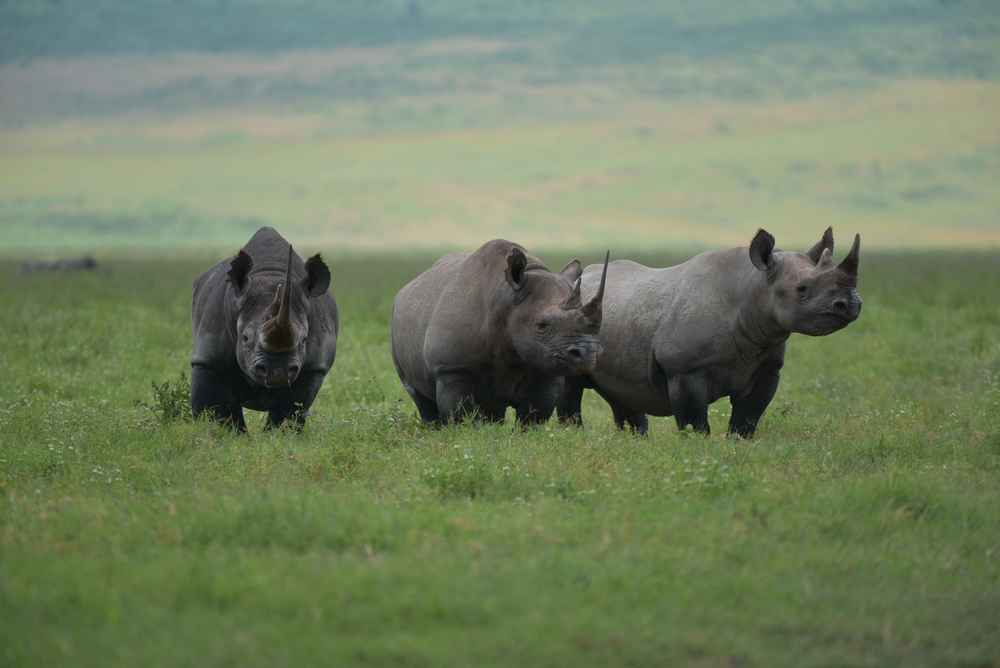In an encouraging turn of events, the worldwide rhinoceros population has defied the odds and demonstrated astonishing indications of recovery. These magnificent species, which once numbered approximately 500,000 in Africa and Asia in the twentieth century, have suffered grave threats from poaching and habitat degradation. However, new data from the IUCN African Rhino Specialist Group provides some hope. By the end of last year, the global rhino population rose to roughly 27,000, marking an important milestone in their conservation journey.
Southern white rhinos rebound
The return of the southern white rhino is one of the most heartening aspects of this conservation success story. After a difficult decade, these rhinos’ numbers have increased for the first time since 2012, rising from 15,942 at the end of 2021 to an amazing 16,803 at the end of 2022. This incredible recovery is a monument to the hard efforts of conservationists around the world who have fought relentlessly to safeguard these iconic creatures.
A poignant comeback for black rhinos
Poaching for their horns has been a constant threat to black rhinos, which are native to eastern and southern Africa. Despite the odds stacked against them, black rhino populations have demonstrated extraordinary resilience, rising by over 5 percent in only one year. Their population was 6,487 by the end of 2022, up from 6,195 in 2021. This extraordinary recovery not only honors conservationists’ efforts but also emphasizes the significance of establishing new populations to maintain the survival of this endangered species.
Dr. Michael Knight, chair of the IUCN Rhino group, expressed relief, saying, “With this good news, we can take a sigh of relief for the first time in a decade.” However, he also underlined the importance of maintaining the positive trend and remaining attentive to protecting these priceless creatures.
While the overall picture is encouraging, there are still obstacles to overcome. The Javan and Sumatran rhino species are extremely endangered and steadily diminishing, threatening extinction. Efforts to save them are ongoing, and the importance of protecting the last remaining people cannot be stressed.
Despite these obstacles, the international community remains devoted to the cause. Save the Rhino International CEO Dr. Jo Shaw stressed the need for coordinated conservation measures, adding, “We remain steadfast in our commitment to the future of all five rhino species.” The path ahead may be difficult, but rhinos’ persistence reminds us that with dedication and coordinated efforts, we may continue to see great conservation success stories.
The larger one-horned rhino population in India and Nepal is constant at roughly 4,000, emphasizing the necessity of continued conservation efforts to curb poaching and habitat destruction. With only 76 Javan rhinos left, conservationists face a difficult battle, but they remain committed to protecting this endangered animal.











